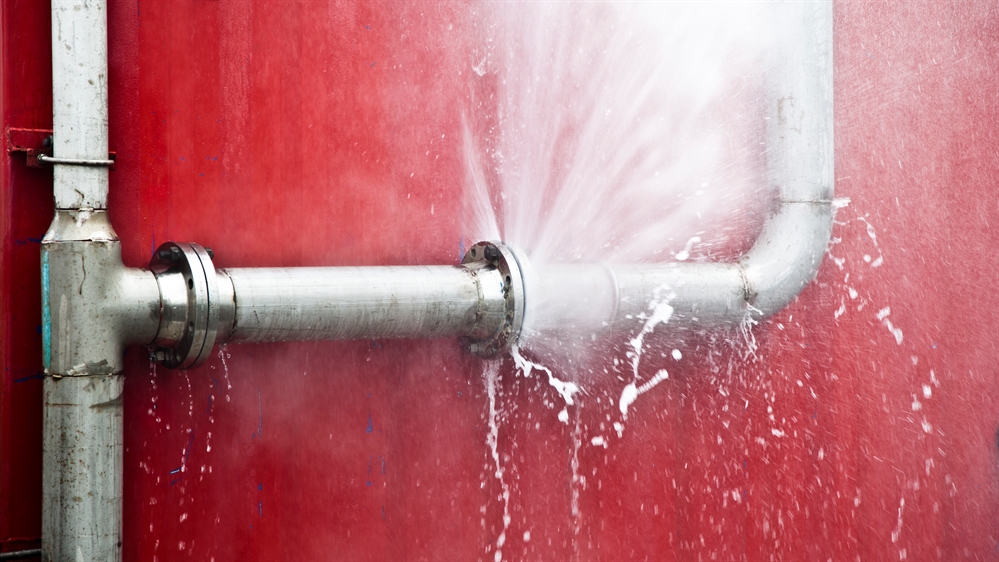By Cheri Stockhausen, Product Applications Manager

In non-destructive testing leak detection, “leak” refers to the physical hole and “leakage” refers to the flow of a fluid through a leak. Leak testing to detect and locate leaks is important to be able to repair unacceptable leaks in vessels or systems such as holding or process tanks, radiators, empty vessels, tanks, liquid containment systems, pipe systems or hydraulic systems. Penetrant inspection of leaks is generally subjective as compared to the quantitative leak inspection using tracer gas and pressure change techniques.
In liquid penetrant leak testing the penetrant is applied on one side of the enclosing wall or surface of the test object and then allowed to seep through any leaks. Both visible and fluorescent penetrants may be used here as liquid dye tracers. After the penetrant has dwelled, the opposite side of the wall is inspected to see if any penetrant seeped through.
155 Harlem Avenue
Glenview, IL 60025, USA
Telephone: +1 847-657-5300
Contact Magnaflux Customer Service